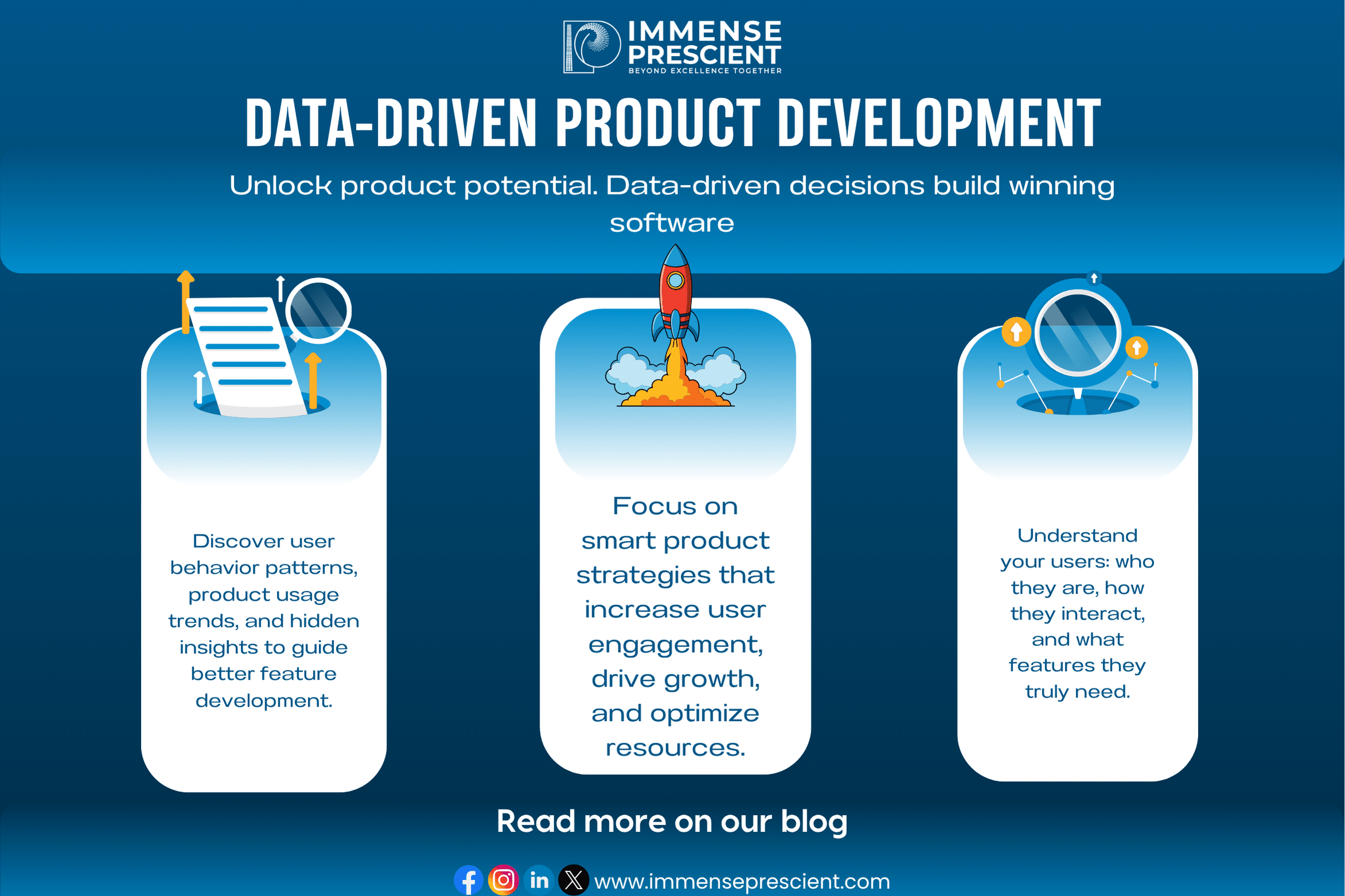Data-Driven Decision Making: Building Analytics into Your Software Products
Introduction: Data-driven decision making in software products
In today’s digital-first economy, businesses can no longer rely on guesswork or intuition alone. Success depends on data-driven decision making the ability to collect, analyze, and act on insights that drive growth. For software companies, this means building analytics directly into products so users and organizations alike can make smarter, faster, and more confident decisions.
By embedding analytics into your applications, you don’t just provide features you deliver actionable intelligence.
The Rise of Embedded Analytics
Traditionally, analytics lived outside of applications requiring separate tools, dashboards, or reports. However, modern businesses demand real-time insights inside the software they already use.
Embedded analytics allows users to:
- Access insights without switching platforms
- Visualize trends through intuitive dashboards
- Make faster, evidence-based decisions
- Personalize their workflows with actionable data
Benefits of Building Analytics into Software Products
- Improved User Experience
Users no longer want static software they expect products that guide them with data-backed recommendations. - Smarter Business Decisions
Companies that integrate analytics report higher agility and faster response times to market changes. - Revenue Growth
By offering analytics as a premium feature, software companies can create new revenue streams. - Competitive Advantage
Products with built-in intelligence stand out in crowded markets.
Key Steps to Building Analytics into Your Products
- Define the Right Metrics
Focus on KPIs that matter most to your users whether it’s churn rate, engagement, or operational efficiency. - Choose the Right Technology
Options include embedded BI tools (e.g., Power BI, Tableau Embedded, Looker), custom-built dashboards, or cloud-based analytics solutions. - Design with the User in Mind
Present data in intuitive, actionable formats think interactive dashboards, alerts, and visualizations. - Ensure Data Security & Privacy
With rising concerns over data governance, compliance (GDPR, HIPAA, etc.) must be built into your analytics strategy. - Enable Predictive & Prescriptive Analytics
Moving beyond descriptive analytics (what happened) to predictive (what will happen) and prescriptive (what to do next) gives your product future-ready capabilities.
Real-World Examples
- Salesforce: Embeds Einstein Analytics to provide AI-driven insights.
- Shopify: Offers merchants real-time sales and customer behaviour analytics.
- Slack: Provides admin dashboards showing team activity and engagement.
These examples show how analytics transform ordinary software into decision-making engines.
Read more
Conclusion: From Software to Smartware
Building analytics into your software products is no longer optional it’s a necessity. By enabling data-driven decision making, you empower users, differentiate your product, and create long-term business value.
👉 Want to explore how to integrate analytics into your products? Contact Immense Prescient today to get started.




